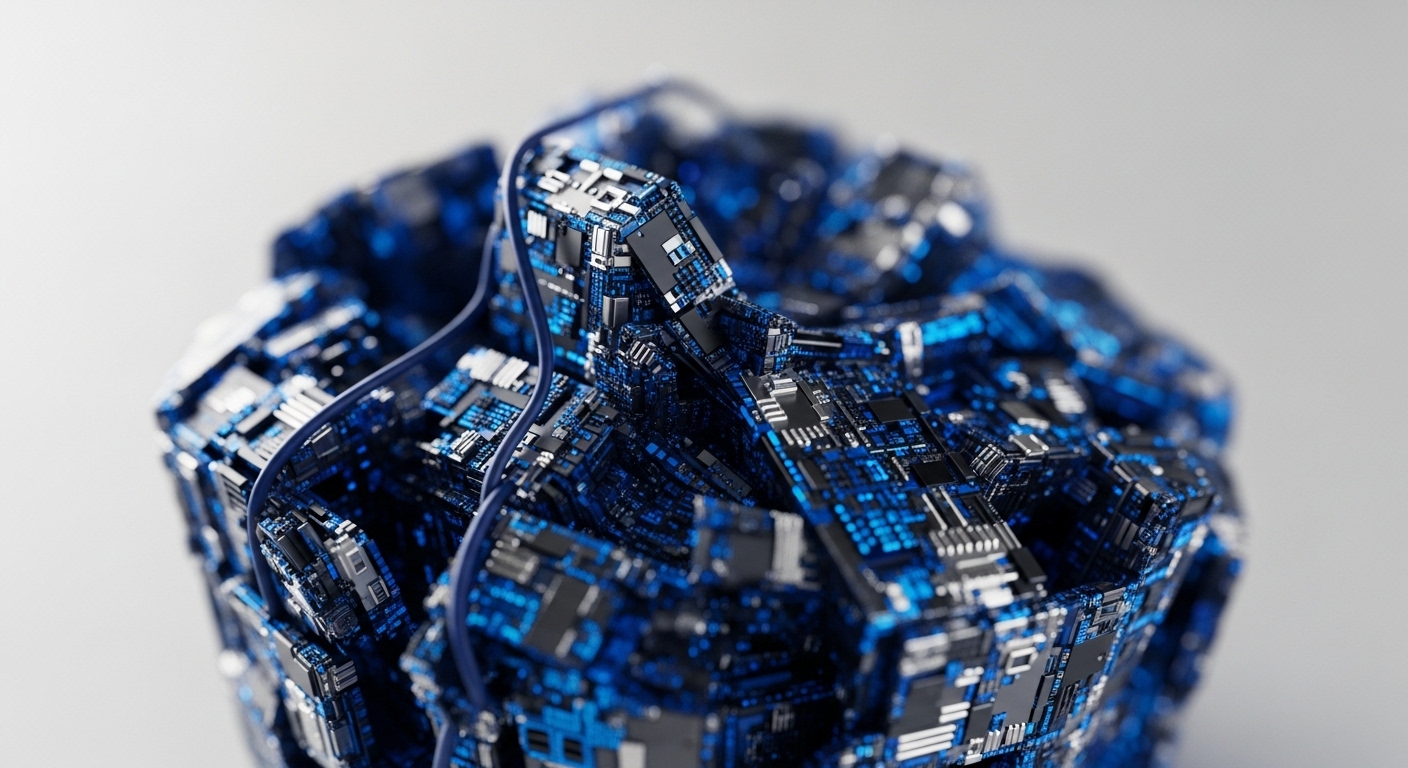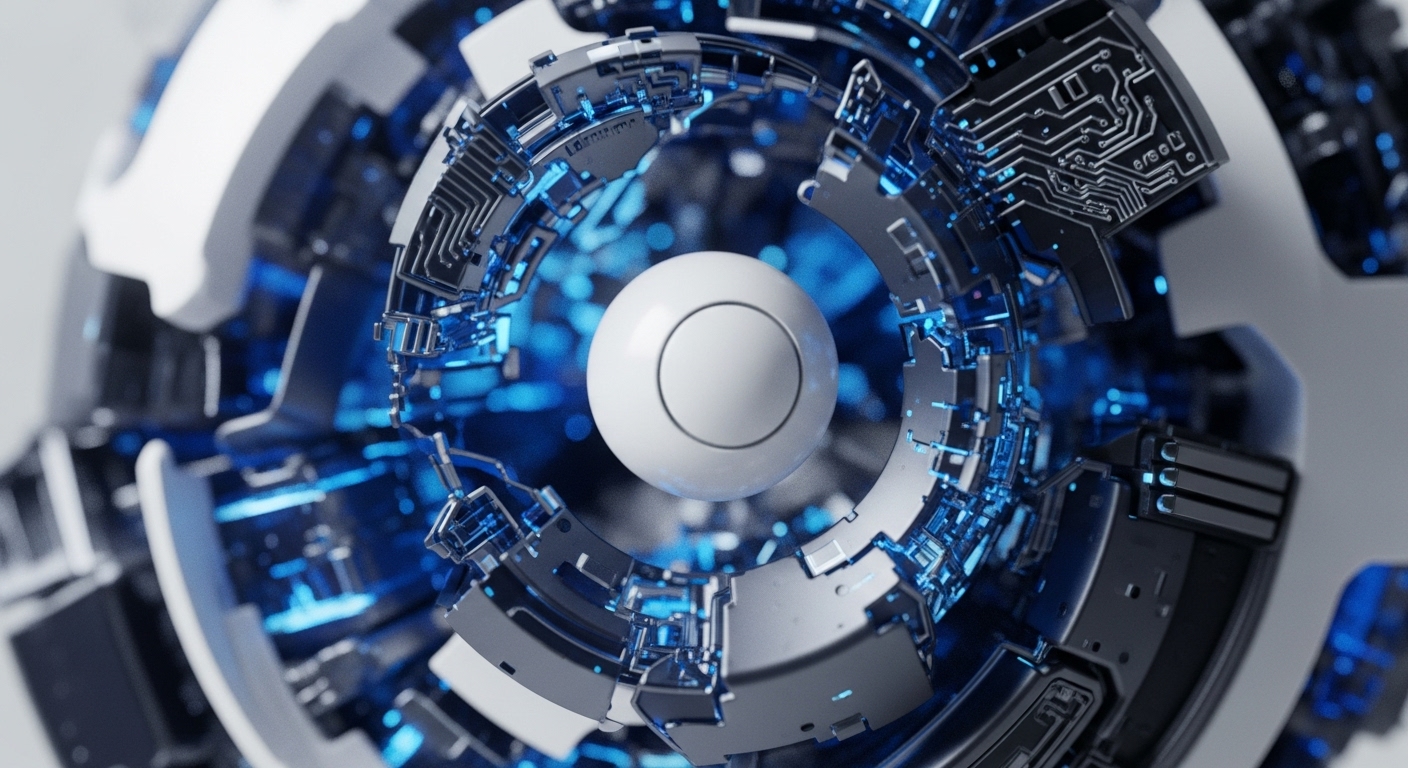
Briefing
Proof-of-Stake blockchains, while offering efficiency, face inherent vulnerabilities to malicious validator behavior and various attack vectors, necessitating robust, decentralized security mechanisms. This research introduces MRL-PoS+, a novel consensus algorithm leveraging Multi-agent Reinforcement Learning (MRL) to autonomously identify, penalize, and eliminate malicious nodes through a dynamic penalty-reward scheme. This breakthrough establishes a self-correcting security paradigm, promising significantly enhanced attack resilience and a more robust foundation for future decentralized architectures.

Context
Prior to this research, Proof-of-Stake (PoS) systems, despite their advantages over Proof-of-Work in scalability and energy efficiency, grappled with the fundamental challenge of securing a decentralized network against internal malicious actors. The prevailing theoretical limitation centered on designing effective, non-centralized mechanisms to deter and mitigate validator collusion, double-spending, and Sybil attacks without introducing new points of centralization or prohibitive computational overhead. Existing PoS designs often relied on static slashing conditions or manual oversight, which proved insufficient against sophisticated, adaptive threats.

Analysis
The core mechanism of this paper is MRL-PoS+, a new consensus algorithm that integrates Multi-agent Reinforcement Learning (MRL) directly into the network’s operational logic. This system treats each blockchain node as an intelligent agent. These agents learn to maximize their individual rewards by contributing to network security, while simultaneously identifying and penalizing malicious peers.
The system employs a dynamic penalty-reward scheme ∞ honest nodes are incentivized, while those exhibiting behaviors indicative of 16 specific attack types (e.g. frequent block reorganization, capacity fluctuations) face penalties, reputation reduction, and restrictions. This learning-based, adaptive defense fundamentally differs from static cryptographic or game-theoretic assumptions by allowing the network to evolve its security posture in real-time against emergent threats.

Parameters
- Core Concept ∞ Multi-agent Reinforcement Learning
- New System/Protocol ∞ MRL-PoS+ Consensus Algorithm
- Key Authors ∞ Faisal Haque Bappy, Kamrul Hasan, Md Sajidul Islam Sajid et al.
- Detection Mechanism ∞ Penalty-Reward Scheme
- Attack Resilience ∞ Against 6 major attack types
- Computational Overhead ∞ No additional overhead

Outlook
This research opens significant avenues for developing self-optimizing and adaptive blockchain security protocols. In the next 3-5 years, this MRL-PoS+ framework could be extended to create highly resilient and censorship-resistant decentralized autonomous organizations (DAOs) and cross-chain interoperability solutions, where dynamic trust management is paramount. Further research could explore integrating MRL with formal verification methods to provide provable guarantees for the learning-based security, or applying similar adaptive learning paradigms to optimize resource allocation and governance within complex decentralized systems, leading to more intelligent and robust blockchain ecosystems.

Verdict
This research fundamentally advances Proof-of-Stake security by introducing an adaptive, AI-driven defense mechanism that redefines the paradigm for decentralized malicious node mitigation.
Signal Acquired from ∞ arXiv.org
